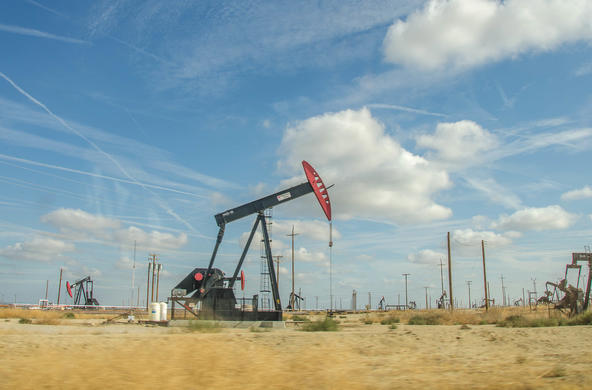Late last month the National Academy of Sciences released a report recommending that the U.S. initiate a $200 million research program to understand the potential for and potential consequences of geoengineering to mitigate the effects of global climate change.
The observation that particles—ice crystals, sulfate aerosols and volcanic ash—injected into the stratosphere will cool the Earth has stimulated interest among those who wish to engineer Earth’s climate, rather than simply suffer the consequences of global warming. They recommend that we take an active role in stabilizing Earth’s climate in the face of inexorable rising concentrations of greenhouse gases in the atmosphere from fossil fuel combustion.
We know little about how geoengineering might be achieved and what its effects might be—both purposeful and inadvertent. Some research investigations would be welcome to clear away our ignorance. As a scientist I am always curious about how our planet functions, and supportive of new research programs that deepen insight.
Geoengineering the Earth’s climate garners support among those who have abandoned all hope that we will ever cut our emissions of “greenhouse” gases from fossil fuel combustion. A small fleet of rockets could deliver sulfate and other particles to the stratosphere, where they would reflect incoming solar radiation for a few years, before themselves falling back to Earth’s surface under gravity.
Some investigators suggest that sulfate aerosols might stimulate the depletion of the stratospheric ozone layer, just now beginning to heal following the abandonment of chlorofluorocarbons (CFCs) in refrigerants. As an alternative, others suggest that we could focus on aerosols made from common rock minerals, such as calcium carbonate, that might be injected into the stratosphere. These would be less likely to deplete ozone.
All attempts to seed aerosols into the stratosphere are fraught with the difficulty of maintaining the particles aloft and in the right amount to balance greenhouse warming of the planet. The mean residence time of stratospheric air is about 2.6 years. When a large volcano erupts, its effects on climate diminish rapidly. We can expect the same for sulfate and mineral particles carried to the stratosphere in rockets. Once started, we’d have to keep transporting new particles into the stratosphere if we hope to avoid an abrupt return to global warming.
Scientific investigation is always advised, but experience suggests some caution in the application of geoengineering of our planet. Apparently, others are worried too: witness the recent cancellation of a geoengineering trial by public outcry in Sweden.
My long experience with environmental matters finds a poor track record among large-scale attempts to manipulate nature on our behalf—in this case to prolong the use of fossil fuels. We know the basis of the ongoing climate change, and we can anticipate and estimate its cost and consequences. We do not need to add another layer of human perturbation to the Earth to prolong the use of fossil fuels.
E.B. White may have said it best, “I would feel more optimistic about a bright future for man if he spent less time proving that he can outwit nature and more time tasting her sweetness and respecting her seniority.” (from Coon Tree, June 14, 1956).
References
Zarnetske, P.L. J. Gurevitch, J. Franklin and 11 others. 2021. Potential ecological impacts of climate intervention by reflecting sunlight to cool Earth. Proceedings of the National Academy of Sciences 118: doi: 10.1073/pnas/1921854118







